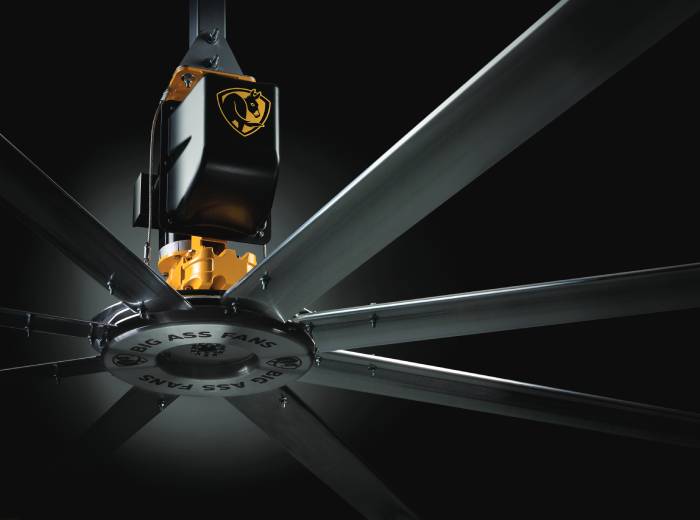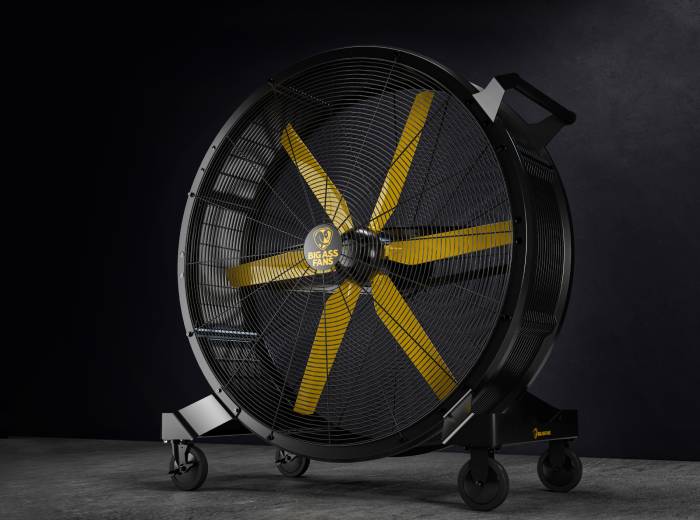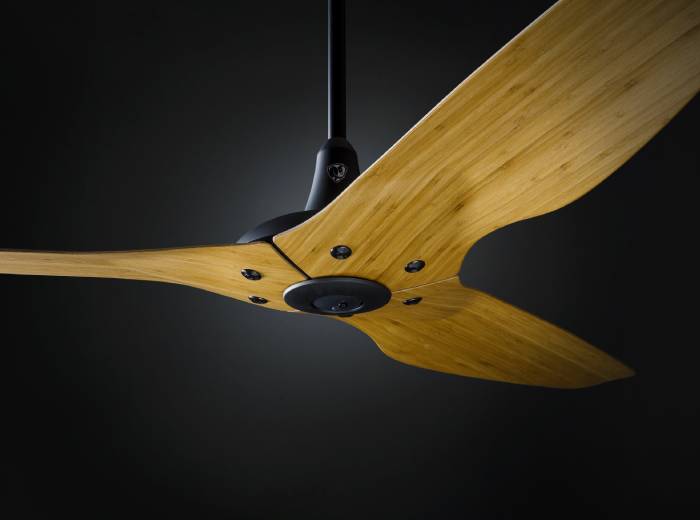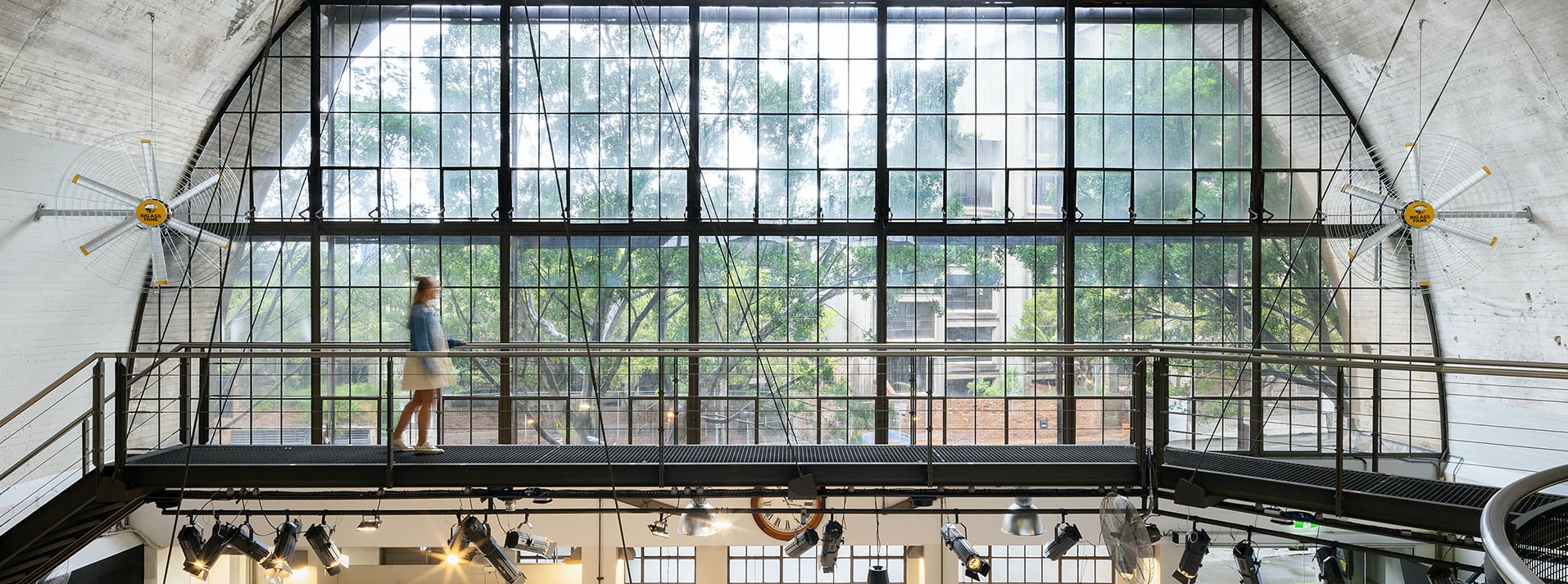-1.jpg?width=1220&height=600&name=IN_X3_AsicsWarehouse_1H%20(1)-1.jpg)
Using Stratification for Smart Cooling and Energy Savings
Current Environmental Policies and Pressures
If you’re managing warehousing and supply chain logistics, there’s plenty to feel hot under the collar about right now. Energy costs are rising, temperatures are rising, and the pressure’s on to keep expenses down, while also ensuring safe, comfortable and productive working conditions for your people.
And these pressures aren’t disappearing anytime soon, with predictions temperatures will continue to rise alongside interest rates. As a result, Australia has raised its expected emissions cuts from 30% by 2030 under the previous government to a now 40% by 2030 expected cut.
But it’s not all doom and gloom.
There are incentives out there to help with investment in energy-efficient solutions for business, with the continuation of the $20,000 instant asset write-off, which was announced in this year’s federal budget.
The onus is on businesses to do better when it comes to energy consumption and emissions - from the powers that be, and the consumers with purchasing power.
Cooling options for warehouses
I know it’s stating the obvious, but cooling a huge warehouse isn’t easy.
We’re talking big open spaces with high ceilings, making it hard to maintain temperatures. We all know that hot air rises. So when it starts to heat up and the hot air moves upward, your air conditioner is met with a new competing force. To counteract the heat, you naturally decrease the temperature of the air conditioner; and soon after, find yourself with a hefty energy bill. Specifically for cold storage environments that need to remain at a certain temperature; there is often no option than to constantly adjust your air conditioner setpoint.
Or is there?
What is stratification?
Hot air rises because it has a lower density compared to room temperature. This causes uneven temperatures from floor to ceiling. The hot air typically stays at the ceiling of large facilities due to a lack of air circulation. This is called thermal air stratification.
In cold storage facilities this means that stagnant pockets of cold air coexist with uncomfortably warm areas. This can be problematic when you have goods that need to be kept at a particular temperature.
The good news is big ass fans can be your new best friend by maximising the impact of your AC units, making them more efficient and drastically reducing costs.
There is no doubt that HVLS fans are one of the most effective tools when cooling large industrial spaces. Introducing the concept of stratification will not only cool your facility, but will reduce your energy consumption and thus your energy bill.
Research has shown that through destratification, you can save up to 30% on your energy bill!

Fans plus AC: Darwin airport case study
So how do fans help? Let’s look at the Powerfoil X3 fan for example. This fan uses minimal energy to deliver airflow, creating comfortable conditions much more efficiently than air conditioning. It can reduce existing AC costs by up to 30%, and has an estimated annual operational cost of just $1,030 per year. So we’re talking about $2.80 or so per day.
Fans can increase your personal perception of coolness by up to 6 degrees, so fans plus AC means you’re not having to lower your AC temperatures as the temperatures outside soar.
-1.png)
This approach has helped Darwin Airport save $57,000 on its air conditioning energy costs each year.
The challenge was how to improve cooling in the airport’s foyer area, which has multiple doors and a high volume of people coming and going. Staff were cranking the air conditioning and lowering AC temperatures, which was blowing out their energy costs.
The installation of ten of our fans in the foyer area meant they could increase the Air Conditioner temperature by a few degrees, and the fans silently make the foyer feel fresh, cool and breezy.
The reduction in air conditioning has saved the airport nearly 60K annually, so the fans have paid for themselves.
So fans plus AC means your air conditioning is working smarter, not harder.
Why Big Ass Fans?
Big Ass Fans has become the world’s number-one seller of high-volume industrial fans for several significant reasons. Big Ass Fans uses only industrial-grade materials and parts that are built to withstand the harsh environments of the warehousing industry. Our fans come with one-of-a-kind features including extensive customization options, high-tech integration with other building systems, and computational fluid dynamics software that helps determine a fan’s most optimal airflow in any given facility.
It’s about getting the most from your investment, and providing a solution which is long-lasting, energy-efficient and economical.
Let’s find a solution to keep your workers happy, keep them productive, and get your warehouse working at its best.





